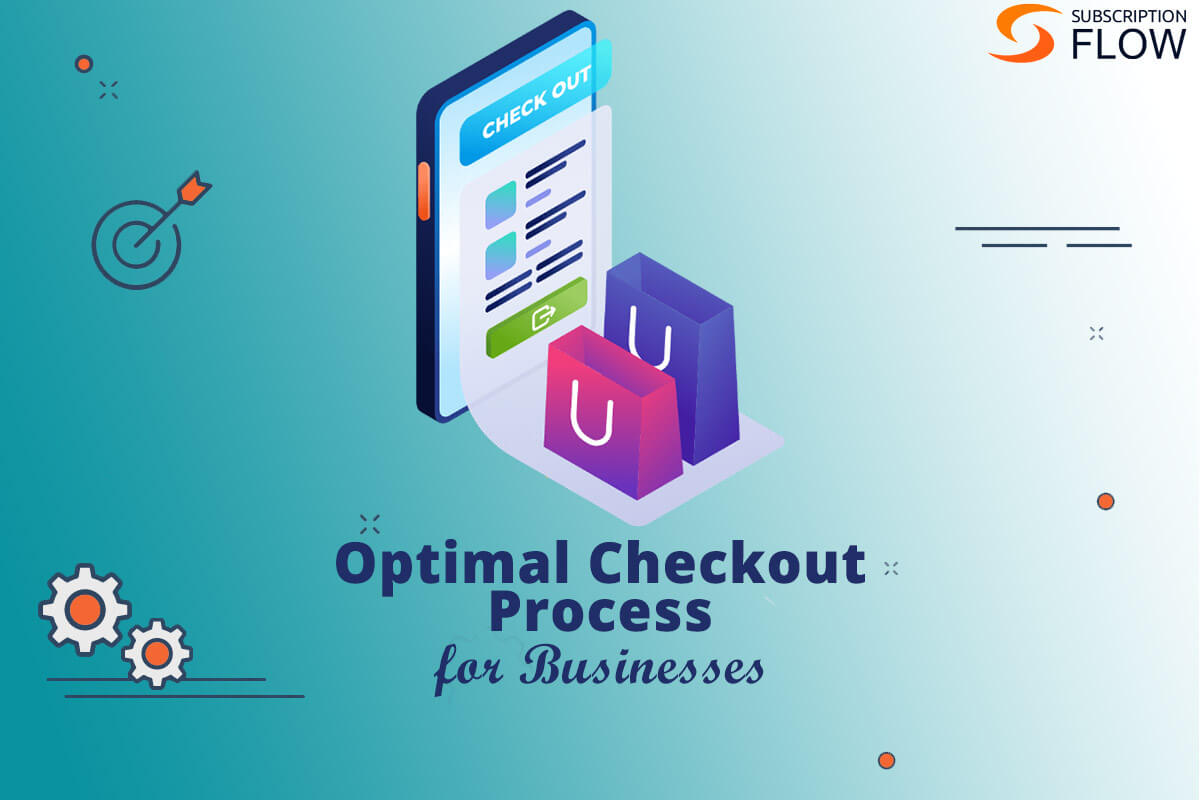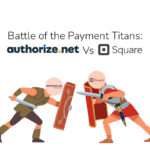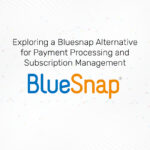
Check Out Our Ultimate Checkout Guide—Learn What is it and How Does It Help Online Business to Accept Online Payments?
As more and more customers are switching to online payments, they need more user-friendly, simple, and quicker payment processing solutions.
Adding payment functionalities is paramount to do online transactions for businesses. Checkout is one of them. As convenient is the checkout process as higher will be the rate of the conversions.
In the online environment, checkout is the place where customers are re-directed to enter their order, billing, and payment details and process transactions.
In simpler words, it can be considered as a digital version of the physical checkout counter at mortar and brick store.
This article outlines the checkout and the checkout process. It also identifies the differences as well as the advantages and disadvantages of different types of checkout pages and the checkout processes. We will also overview the ways to optimize the checkouts.
Also Read: What Are the Online Payment Methods for Automated Recurring Payment Processing and How Do They Work?
What is Checkout?
Checkout, commonly known as the External Payment Page, Third-party Checkout, or Hosted Payment Page, is one of the most common ways to accept online payments.
Checkout is the online web page containing a form to fill the order, billing, shipping, or contact and payment details. The page connects the online shopping cart to the payment page from where a consumer can make their online payments and it handles all the electronic transactions.
Checkout pages take control of all the transaction process—from payment details collection to protection of sensitive data and security.
Checkouts can be categorized as onsite checkout and offsite checkout.
The other types of checkouts include one-page or one-click checkout and multi-step checkout.
Different checkouts are used by different businesses based on their preferences. In modern-day e-commerce, each type of checkout page has its own significance. It is all about which type suits your business most and how you can optimize it to take maximum advantage out of it.
Let’s see what are the benefits and challenges of different types of checkout pages:
Onsite v. Offsite Checkout
The checkout page is the final step of your sales process that helps you to convert leads into paying customers. Setting up a checkout page requires you to opt-out of any of the options from onsite or offsite checkout pages.
Onsite checkout refers to the checkout page hosted on your site, whereas the offsite checkout page is the page hosted externally by a third-party payment processor.
-
Onsite Checkout
Onsite checkout is the checkout hosted at your domain and customer would stay at your site from selecting a product to buy till entering the payment information and proceed with transactions except transactions is still managed by the payment processor.
SSL certificate is the mandatory requirement for any site to host a checkout page. SSL is used to encrypt the incoming and outgoing payment data and keep transactions secure. Hosting the checkout at your own site comes with a few more complications like configuring the checkout page.
Some of its prominent pros and cons are:
Pros
- Seamless Experience
- Auto Customer Accounts Setup
- Complete Customization
Cons
- Complicated Setup
- Same Site Payment Processing May Cause Mistrust
- SSL and PCI-Compliance
-
Offsite Checkout
Offsite checkout is commonly known as Hosted Checkouts or Hosted Payment Pages.
Hosted checkout pages are located on the other website and you can link the checkout at your site as an external link where a customer is routed to the third-party payment processor or payment gateway to provide payment details and make transactions in a secure and protected environment.
Once the transaction is completed, the hosted payment page takes the customer back to the website and notifies the merchant and the customer, both, with an email notification as well as an online transaction receipt.
Hosted checkout pages are provided by many payment processors and payment gateways. These
These checkout pages can be customized and designed with the brand’s logo along with the payment processor brand’s logo.
Configuring the Hosted Payment Pages are easier, faster, and safer. They also build trust and provide customers a seamless experience with the options to pay using multiple payment methods and enhanced security.
On the other hand, it minimizes the merchant’s liabilities for PCI – DSS Compliance requirements and recurring billing and payments support.
Here are a few pros and cons of the offsite checkout pages:
Pros
- Enhanced Security
- Less Merchant Liability
- Trusted Branding
- Multiple Payment Methods
- Recurring Billing Support
- Basic Customizations
- Quick Integration
- Multiple Platform Support
Cons
- Redirection May Confuse Customers
- Controlled Customization
The Checkout Process
The checkout process begins when the customer selects and adds the product or items from a site or an online store into the cart and proceeds to the checkout page to make payments.
In order to make payments, customers are required to enter personal, contact, or billing and payment details to proceed with transactions using checkout pages.
Along with the checkout pages, the checkout process is also customizable.
The checkout process can be a single step or multi-step process. It can also be comprised of only one-page with a form to enter all the details or it may require the customer to proceed to the next page with every step and can go back to edit the information it requires.
One-click or one-page checkout process is simpler and faster but less attractive, responsive, and may not offer as many options as the multi-step checkout process offers.
- One-Page Checkout Process
This checkout contains all the elements and fields of checkout on one page only. The one-page checkouts are the most commonly used as they are not only simple but are faster and hence support more conversions.
One-page checkouts are, sometimes, also called one-click checkouts as they do not require navigating the different fields in different places. However, long forms may worsen the user experience as well as collecting all the information from one-page checkout forces a higher volume that can make the page heavier.
To avoid the higher volume issue, one-page forms are created straight-forward and may lose the opportunity for the merchant to collect more customer data.
These are some pros and cons of the one-page checkout process:
Pros
- Faster
- More Conversions
- No Navigation
- User-Friendly Interface
Cons
- Flat Design
- Slow Site Speed
-
Multi-Step Checkout Process
As the name suggests, it is a checkout process that spreads over a number of steps or pages. It requires customers to add manually personal, billing, or payment details and make transactions.
The multi-step checkout process is more responsive, can collect more customer information, can offer guest checkout, and facilitate customers to revisit the information they have provided and checkout without losing the data.
Multi-step checkout processes are great for the purchase of expensive products but is not great for recurring transactions.
Besides, it takes more time to complete the checkout process but each step in the multi-step checkout process helps the merchants to take full advantage of calculating and tracking the metrics.
Some of the key advantage and disadvantages of the multi-step or multi-page checkout processes:
Pros
- Responsive Design
- Data Collection
- Guest Checkout
- Analytics
Cons
- Time
- Length
Best Practices to Optimize Checkouts and Checkout Processes
Merchants need to take care of the following components when integrating a checkout process to the website or online stores to optimize the checkout process:
-
Guest Checkout
Asking customers for mandatory registration throws a big dent to the plan to convert leads into conversions. Customers need a seamless online purchasing experience. Instead of obliging customers to register, you can collect customer information and can create the customer account through the guest checkout process directly into your billing and payment processing system.
Online stores can also allow their customers to log in using their social media accounts or through their emails.
-
Multiple Payment Options
Customers are convenient to provide them more payment options so they always have an alternative when their primary payment method is not available and more options for currencies as well. The broader the optimal of different payment gateways, the more probabilities you may have to convert leads into paying customers.
-
PCI-Compliance
Go for the payment gateways that are PCI-compliant. In addition, ensure customers that their payment data is encrypted and protected with the payment gateway logo, security seals, and other such elements.
-
Data Validation
Unknowingly or when the customers are in hurry, there are chances that incomplete or incorrect information can be entered into the system. Adding a data validation for input errors to the checkout process helps the customers to correct the details and reduce the errors when providing information like address, contact number, email id, bank account, or credit card number, etc.
For the merchants, this feature guarantees accurate data and validated details and for the customer, it monitors and streamlines the data entry process.
-
Easy and Simple UI
The easy, simple, and responsive interface facilitates more conversions as it removes the frictions for a customer with convenience and streamlined data entry.
-
Mobile-Friendly Checkout Process
As more and more online purchases are coming through mobile phones, merchants must create, customize, and optimize the checkout for a seamless mobile experience.
-
Checkout Process Indicator
A one-page or multi-page checkout process is great for the customer to track the checkout progress along the way. Merchants must ease and simplify the checkout process by adding the checkout process indicator to help customers tracking at how long had they reached so far or how many steps are left in completing the process.
-
Auto-Save Feature
Connection lost or any other technical glitch when resulted in the loss of data, it is just not the loss of data, it loses the customer as well. With the Auto-save feature, merchants can ensure neither the data is lost nor does the customer.











